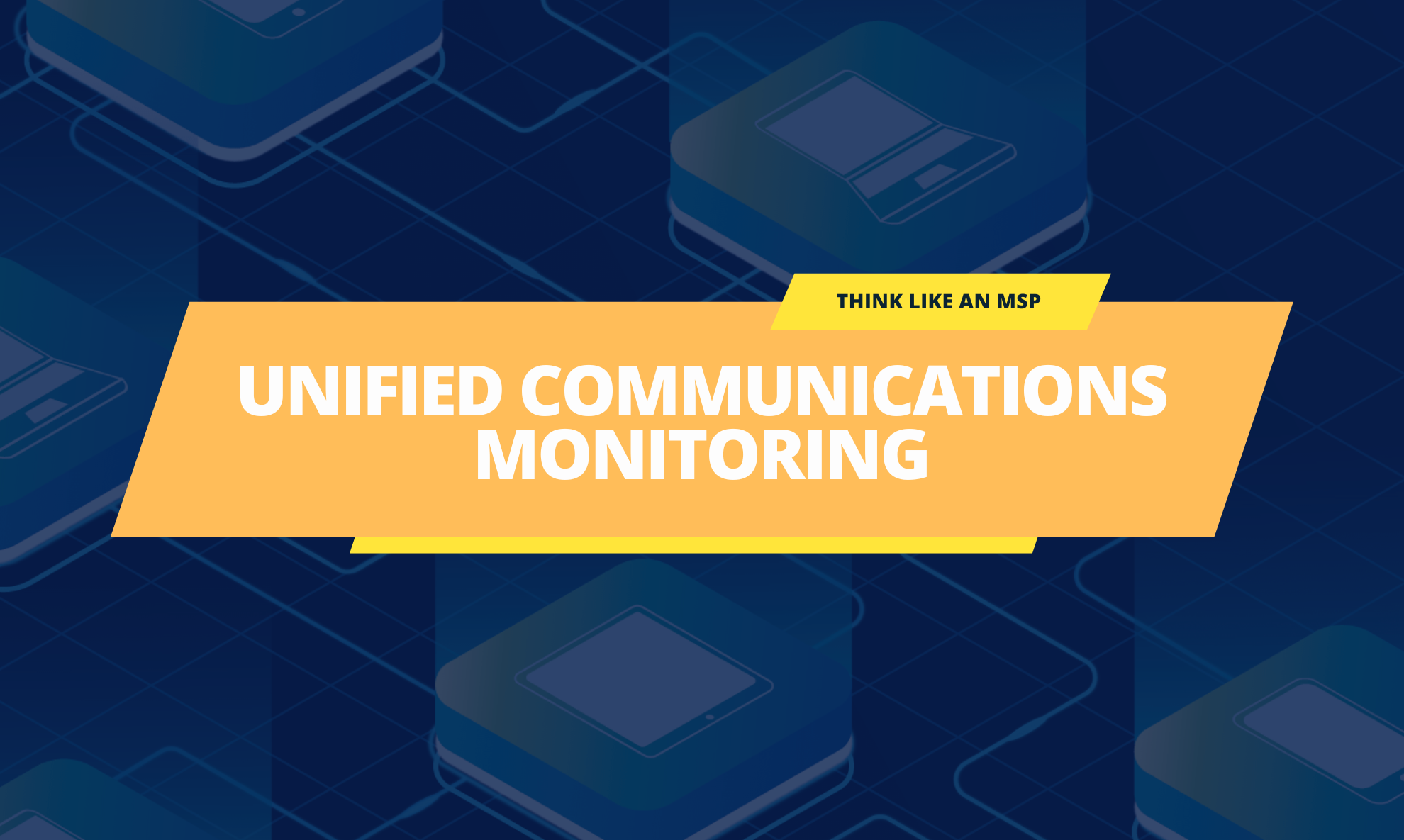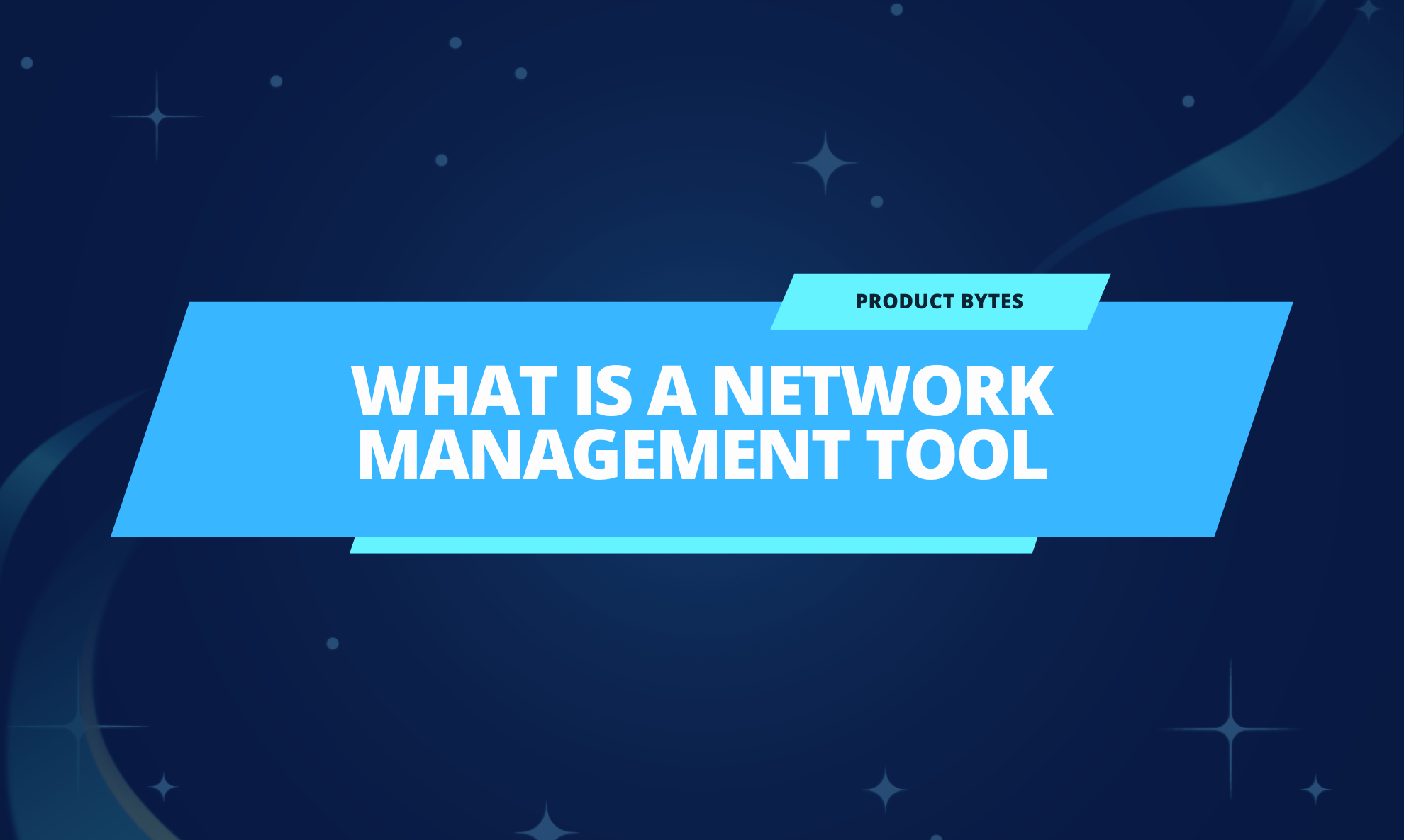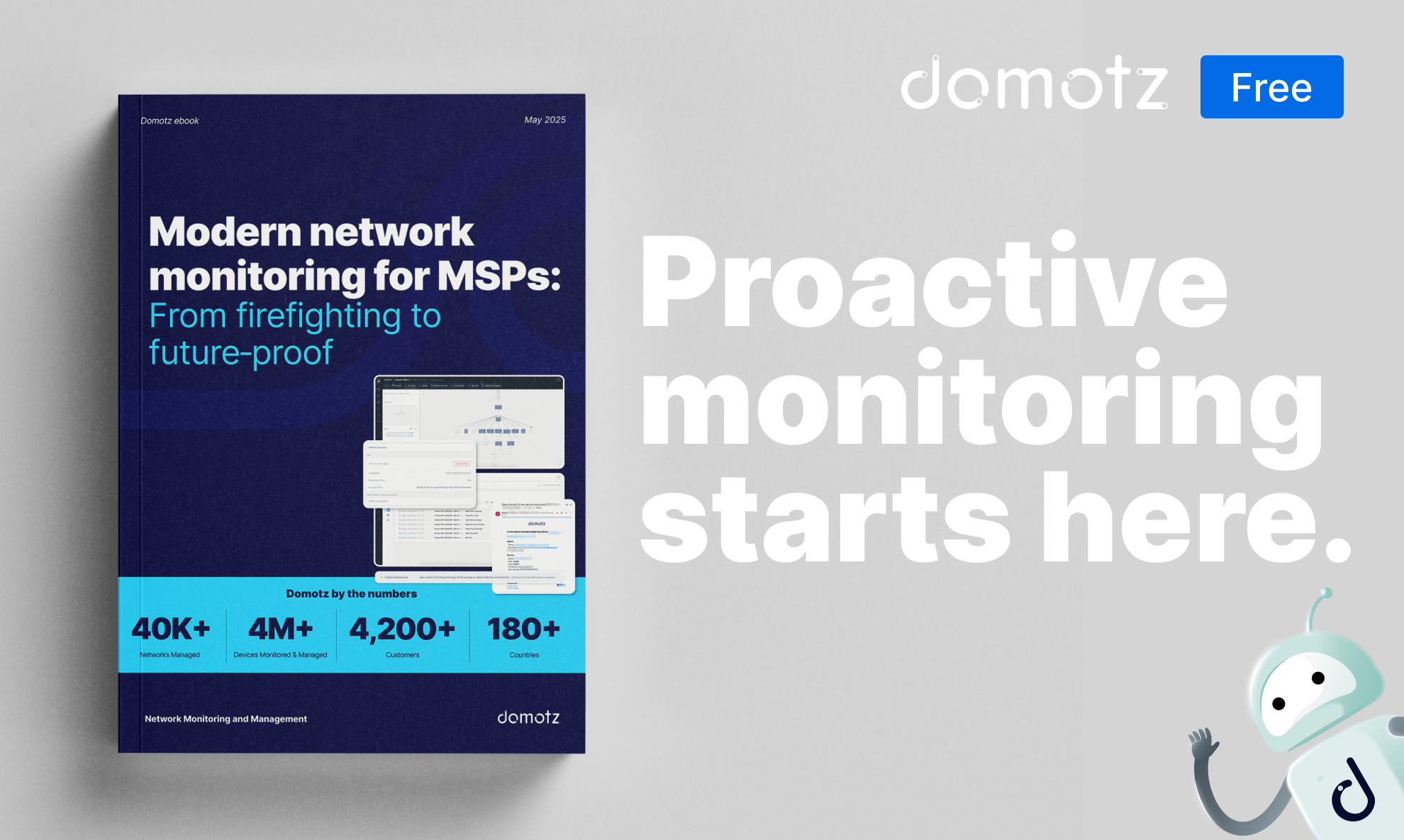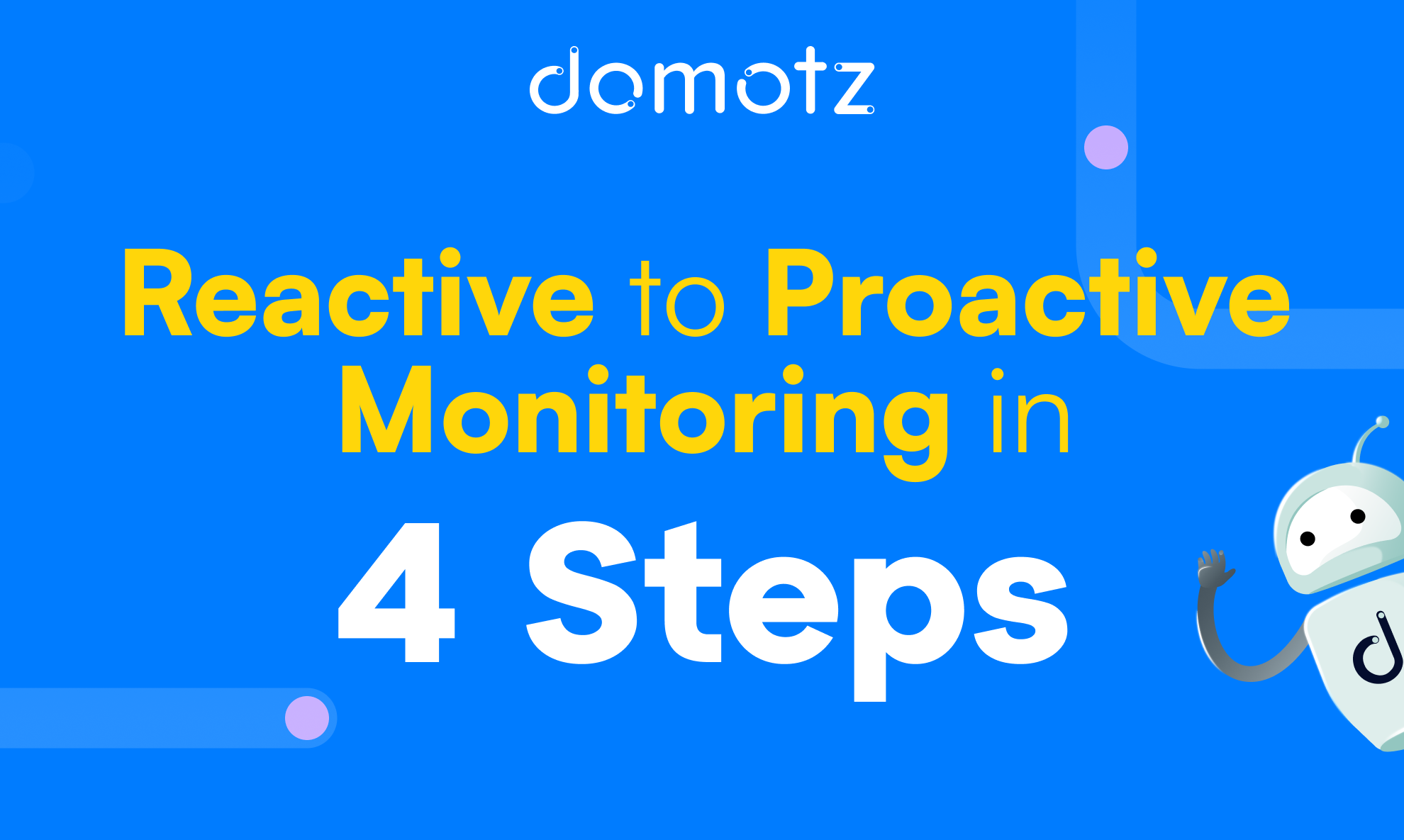Tips for unified communications monitoring
Companies of all sizes must adopt unified communications (UC) systems. Here are some top tips for developing managed services around unified communications systems.
Remote work has sprung up everywhere since COVID. Businesses of all shapes, sizes, and industries have had to cope with remote working, whether prepared or not. Fast forward to today, and many businesses still use hybrid working models. Learn more about our tips for remote business management.
A significant factor in a successful remote workforce is a unified communications system with solid, easy-to-use video conferencing capabilities.
Although video conferencing is common and widespread, it’s a complex system. Managing and monitoring video conferencing is even more complex.
Many organizations lack the internal technical resources to manage their video conferencing needs and thus require more support.
If you’re a managed service provider (MSP), you’re in a perfect position to offer unified communications monitoring. (Read our article on what is an MSP).
Here are some top things to consider when managing video conferencing systems.
Unified communications monitoring is an *ample* opportunity for MSPs
Firstly, unified communications monitoring is an ample shiny opportunity. Before the pandemic hit, many organizations still resisted adopting any kind of remote working.
Fast forward to today, and all businesses of all sizes are learning to cope. Moreover, the current difference is that UC systems are no longer an add-on. These systems are imperative for business continuity and daily operations.
With companies relying so heavily on unified communications, there is a new opportunity for you to provide service for these systems.
Check home office hardware.
The hardware employees use in their home offices is a significant factor in how a unified communications system performs, primarily in video conferencing. Furthermore, remote employees don’t usually have their typical workplace set-ups at home. What’s more, at home, they could have a strung-together system including a mix of their own and corporate hardware.
This means you will likely find outdated PCs, laptops, and cameras that are definitely not high resolution.
In addition, typical homes use Internet Service Provider networking hardware, which may not be as efficient as the stuff at the office. When multiple home users are on the network simultaneously, this can significantly reduce performance output.
Tip for checking home office hardware: A network monitoring system like Domotz is designed for identifying all devices on a remote network. Use a network monitoring system to analyze all devices to ensure that home office hardware and software specs are up-to-date for optimal unified communications system and video conferencing performance. Ensure that PCs, laptops, routers, and webcams are up-to-date, and if they are not, recommend the required hardware upgrades to ensure optimal video conferencing performance. Learn more about what is network monitoring and how SNMP works.
Manage deployments and updates as part of your managed video conferencing service.
The hardware codecs of unified communications systems are often difficult to deploy and require a fair amount of network configuration. The soft codecs on PCs and laptops often need configuration and ongoing maintenance. Moreover, you need to monitor both hardware and software components to ensure everything is up-to-date.
Hardware and software updates mean there is an opportunity for you to manage the deployments and upkeep of these systems.
Tip for managing network configurations: Use a tool for network configuration management to ensure employees are running the right software.
Be aware of software limitations in unified communications monitoring systems.
Here’s another important one to consider for unified communication monitoring. Like any other software category, many unified communications systems have different features and strengths. Be up to speed on which systems have which limitations.
Unified Communications Systems:
- Microsoft Teams
- Cisco
- LogMeIn (GoToMeeting / GoToWebinar)
- Blue Jeans
Video Conferencing Specific Systems:
- Google Hangouts
- Skype
- Zoom
Many of your customers likely use Microsoft Teams for internal communication and are happy enough with it. The big issue with Teams is that you can only see 4 video screens simultaneously. This is a huge limitation for companies that want more than 4 people in a meeting (mostly every company with more than 4 employees nowadays).
This is why many companies have also added Zoom to their stack in addition to Teams.
You need to know the available software and which features best meet your customers’ needs for different online contexts.
Be aware of security, zoom bombers, and privacy issues.
Concerning unified communication monitoring, be aware of security. Although many organizations use Zoom as a unified communications system, the software has been increasingly under fire for security and privacy concerns. In addition, Zoom bombers are here to stay. Some Zoom bombers are just pranksters. While others are fraudsters with malicious intent trying to get confidential information to use for their own benefit, which can pose a severe security risk to a business. Read more on Zoom bombing.
Still, we all love Zoom because it is seamless and cheap. It always performs well, is super easy to use, and 100 people can join a meeting for free.
Your work ensures that Zoom meeting protocol and security best practices are followed to mitigate security, privacy, and Zoom bombing concerns.
Tip to mitigate Zoom bombers, privacy, and security concerns: Firstly, create a security protocol for video conferencing systems. Secondly, share it with employees. Thirdly, ensure remote employees use the correct settings and follow the established best practices.
Check Wi-Fi speeds for better performance.
WiFi speeds are hugely important when it comes to unified communications monitoring. The quality of a video is critically important in an online meeting. We all know what being on a video call with someone without a strong WiFi connection is like.
We’ve all seen “your connection is unstable” more than we want to on Zoom calls.
When someone’s WiFi connection is not strong enough, the video doesn’t work, and the sound is muffled. Moreover, they may ask repeatedly, “Can you hear me?” etc.)
For others on the call, a poor connection is frustrating. Calls take longer, and sometimes another meeting has to be scheduled, which wastes everyone’s time.
Insufficient WiFi speed is a significant factor in unified communications performance.
As the MSP in charge, you need to be able to identify remote employees with less than-optimal WiFi performance.
Tip for checking Wi-Fi / ISP speeds: A network monitoring system like Domotz includes Wi-Fi speed tests and reports over time. This can help you identify which employees have network connections that need improvement. The purpose of this is two-fold.
Firstly, you’ll have data to show which connections are not good enough and thus mitigate being blamed for things that are not your fault. Secondly, you’ll be able to identify which employees need improved WiFi speeds in their home office.
Unified Communication monitoring requires layered security solutions.
Remote work setups must offer the same level of security that an office does.
The most potent defense against cyber threats when building a secure remote workforce is the end users themselves.
By administering cyber security awareness training, you can help end users act with security in mind. In addition, develop security protocols for your unified communication and video conferencing tools that encourage security posture. Make using unique meeting IDs, passwords, and notifications to keep track of who enters a meeting room essential security elements in your policy.
These steps should be part of a larger security strategy which may include multiple authentication levels, encryption, firewalls, fraud analytics, etc.
Develop new services for unified communications monitoring that cater to remote workforces.
The way that people work is changing. Many employees are happier and more productive working from home, and companies are saving a lot of money. Additionally, hybrid working models are here to stay.
Traveling to an office takes time. And many employees find a better work-life balance by working remotely at least part of the time.
Many companies have realized they can save money when employees meet internally and externally online. Office space costs a lot. Attending events cost a lot. Meeting other people in person costs a lot.
The expenses required for in-person meetings (airfare, hotel bills, gas mileage, meals) add up quickly. If employees can meet efficiently online, the need for in-person meetings will continue to decrease.
Unified communications systems that perform well are essential to today’s businesses.
You’re in good shape if you can help a business with unified communications monitoring ensuring their systems perform well.
If you’ve not started working on services for unified communications monitoring, now is the right time. Check out the unified communications software market opportunities for 2023-2030.
Having a solid managed offer around these services will help your MSP remain relevant for all the companies with remote workforces and distributed employees. (Which right now is almost all of them!).
Further reading:



